Table of content
Sichuan cuisine, renowned for its bold flavors and fiery kick, has captivated food enthusiasts worldwide with dishes that balance spiciness, numbing heat, and aromatic complexity. Among its iconic creations, Shui Zhu Yu (水煮鱼), or Sichuan Boiled Fish, stands as a testament to the region’s culinary mastery. This dish, translated literally as “water-cooked fish,” is anything but bland—it’s a vibrant, oil-infused masterpiece that marries tender fish fillets with a symphony of chili peppers, Sichuan peppercorns, and fragrant spices. Below, we delve into the art of crafting this legendary dish, exploring its history, ingredients, and precise techniques to recreate its magic in your kitchen.
The Essence of Sichuan Boiled Fish
Shui Zhu Yu originated in the 1980s in Chongqing, a city nestled in the heart of Sichuan province. Legend has it that a clever chef sought to elevate the humble boiled fish by infusing it with the region’s signature麻辣 (má là) flavors—a numbing, spicy sensation derived from Sichuan peppercorns and dried chilies. The result was a dish that tantalizes the taste buds with layers of heat, culminating in a broth so flavorful it’s often mopped up with rice or dipped into with fried dough sticks.
What sets Shui Zhu Yu apart is its theatrical presentation: a sizzling cauldron of chili oil, fish, and vegetables arrives at the table, releasing waves of fragrant steam that carry the essence of garlic, ginger, and Sichuan pepper. The dish’s name is deceptive; while the fish is indeed poached, the “water” is replaced by a rich, aromatic broth simmered with pork bone or chicken stock, doubanjiang (fermented broad bean paste), and a medley of spices.
Ingredients: Assembling the Flavor Foundation
To achieve authenticity, every ingredient must be carefully selected and measured. Below is a breakdown of the components, with precise quantities to ensure balance:
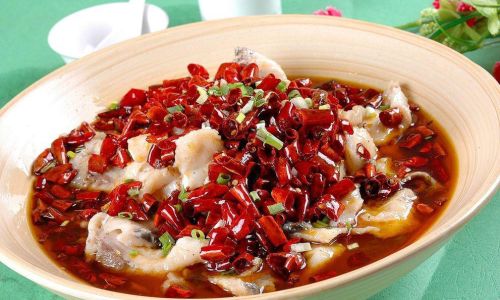
For the Fish and Marinade
- Fresh fish fillets: 700g (1.5 lbs) (use firm, white-fleshed fish like catfish, tilapia, or grass carp)
- Salt: 1 tsp
- Egg white: 1
- Cornstarch: 2 tbsp
- Sake or Shaoxing wine: 1 tbsp (for deodorizing)
For the Aromatic Broth
- Vegetable oil: 4 tbsp
- Garlic cloves, minced: 8
- Ginger, minced: 2 tbsp
- Scallions, white parts only, sliced: 3
- Doubanjiang (Sichuan chili bean paste): 3 tbsp
- Dried Sichuan peppercorns: 2 tbsp (toasted and ground)
- Dried red chili peppers: 15–20 (deseeded if less heat is desired)
- Chicken or pork bone broth: 6 cups
- Light soy sauce: 2 tbsp
- Dark soy sauce: 1 tbsp (for color)
- Sugar: 1 tsp
- Sesame oil: 1 tsp
For the Vegetable Base
- Napa cabbage: 2 cups, shredded
- Bean sprouts: 1 cup
- Wood ear mushrooms: ½ cup, rehydrated
- Bamboo shoots: ½ cup, sliced (optional)
For the Fiery Topping and Garnish
- Sichuan peppercorns: 1 tbsp (whole)
- Dried red chili peppers: 10–15 (whole)
- Garlic, minced: 2 tbsp
- Fresh cilantro, chopped: ¼ cup
- Vegetable oil: ½ cup (for sizzling)
Step-by-Step Preparation: Mastering the Technique
Preparing the Fish
- Filleting: If using a whole fish, remove the head, tail, and bones, then slice the flesh into thin, translucent pieces (3–4mm thick). Rinse under cold water to eliminate bloodlines, which can impart a fishy taste.
- Marinating: In a bowl, combine fish fillets, salt, egg white, cornstarch, and sake. Gently massage the marinade into the fish for 2–3 minutes until the fillets are coated in a sticky, gelatinous layer. This seals in moisture and ensures tenderness.
Crafting the Aromatic Broth
- Infuse the Oil: Heat 4 tbsp of vegetable oil in a wok over medium heat. Add minced garlic, ginger, and scallions. Sauté until fragrant (1–2 minutes), taking care not to burn the garlic.
- Add Doubanjiang: Stir in the chili bean paste, frying for 2–3 minutes until the oil turns a deep red. This step is crucial for developing the dish’s signature umami depth.
- Spice Infusion: Toss in ground Sichuan peppercorns and dried chilies. Toast for 1 minute to release their essential oils, then deglaze the wok with broth.
- Season the Broth: Add soy sauces, sugar, and sesame oil. Bring to a simmer, then reduce heat to low. Taste and adjust seasoning—the broth should be salty, spicy, and subtly sweet.
Assembling the Dish
- Blanch Vegetables: In a separate pot, boil the napa cabbage, bean sprouts, and mushrooms until tender-crisp (2–3 minutes). Drain and arrange them in a deep serving dish as a bed for the fish.
- Poach the Fish: Gently lower the marinated fillets into the simmering broth. Cook for 2–3 minutes until opaque and slightly curled. Avoid overcooking, as the fish will continue to cook in residual heat.
- Layer Flavors: Pour the fish and broth over the blanched vegetables. Reserve ½ cup of broth for later.
The Final Sizzle: Unleashing the Heat
- Toast Peppercorns and Chilies: In a small skillet, dry-toast whole Sichuan peppercorns and dried chilies over low heat until fragrant (1–2 minutes). Crush coarsely with a mortar and pestle.
- Garnish: Sprinkle the toasted peppercorns, chilies, minced garlic, and cilantro over the fish.
- Sizzle the Oil: Heat ½ cup vegetable oil in the wok until it shimmers (approximately 350°F/175°C). Carefully pour the hot oil over the garnishes—it should hiss and spit, releasing a wave of aromatics.
Serving and Pairing Suggestions
Shui Zhu Yu is traditionally served family-style, placed at the center of the table with a portable burner to keep it warm. Pair it with steamed jasmine rice to temper the heat, or serve with hand-pulled noodles (la mian) to soak up the broth. For beverage pairings, opt for a crisp lager, chrysanthemum tea, or plum juice to balance the spiciness.
Cultural Significance and Variations
In Sichuan, Shui Zhu Yu is more than a dish—it’s a symbol of regional pride and culinary innovation. Variations abound: some chefs add fermented black beans or dou-chi (fermented soybeans) for extra depth, while others incorporate pickled vegetables for a tangy twist. Vegetarian adaptations swap fish with tofu or king oyster mushrooms, retaining the dish’s essence through its fiery broth.
Pro Tips for Perfecting the Dish
- Fish Selection: Avoid delicate fish like cod, which may disintegrate during cooking. Grass carp or catfish offer the ideal texture.
- Marinade Consistency: The cornstarch-egg white coating acts as a protective layer; ensure each fillet is evenly coated.
- Spice Control: Adjust chili quantities to taste. For a milder version, remove the seeds from dried peppers before frying.
- Oil Temperature: The final sizzle is critical—the oil must be hot enough to activate the aromatics without burning them.
Health Benefits and Nutritional Notes
While Shui Zhu Yu is indulgent, it offers surprising nutritional perks. Fish provides lean protein and omega-3 fatty acids, while vegetables contribute fiber and vitamins. The dish’s spiciness also aids digestion and boosts metabolism, a nod to traditional Chinese medicine’s emphasis on warming foods.
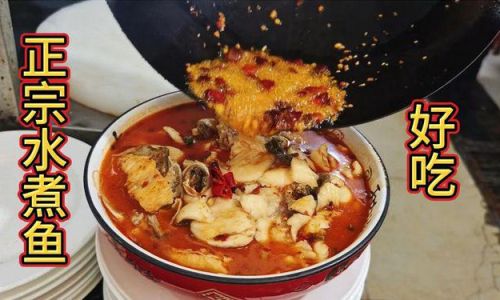
Common Pitfalls and How to Avoid Them
- Overcooked Fish: Remove fillets from the broth as soon as they turn opaque. Residual heat will finish cooking them.
- Bland Broth: Ensure the doubanjiang is well-fried to unlock its fermented umami. Taste and adjust seasoning before poaching the fish.
- Greasy Texture: Strain the chili oil after sizzling to remove burnt residue, ensuring a clean, vibrant finish.
Conclusion: A Culinary Odyssey
Shui Zhu Yu is more than a recipe—it’s an invitation to explore Sichuan’s fiery soul. By mastering its techniques, you unlock a deeper appreciation for Chinese regional cuisines, where balance and boldness coexist in every bite. Whether served at a bustling Chengdu night market or your dining table, this dish promises a sensory adventure that lingers long after the last morsel is gone. So gather your ingredients, ignite your wok, and let the sizzle of Sichuan peppercorns transport you to the heart of China’s spice paradise.
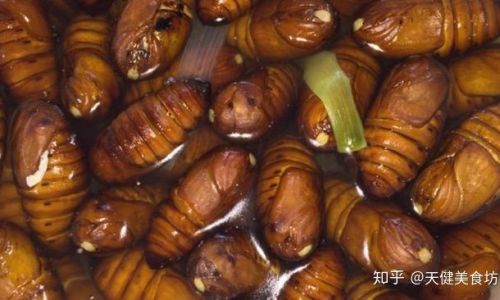

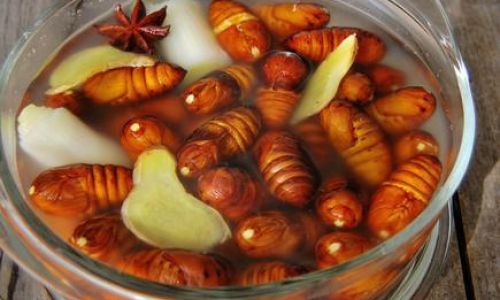
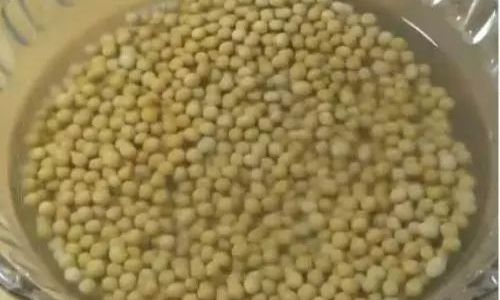
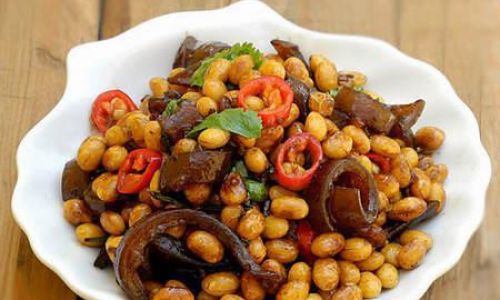
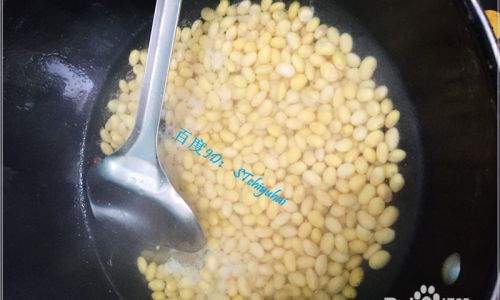
0 comments